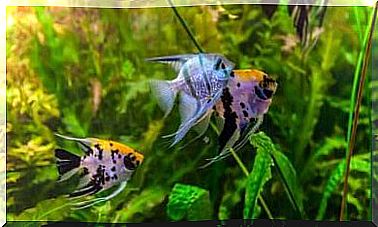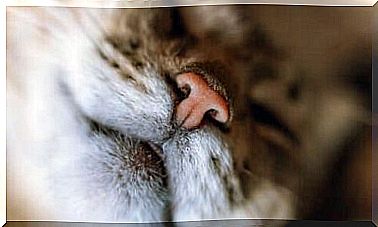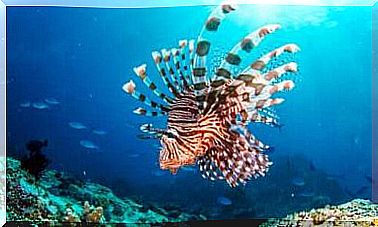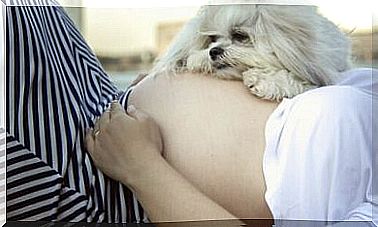How To Choose A Horse Of The Right Size
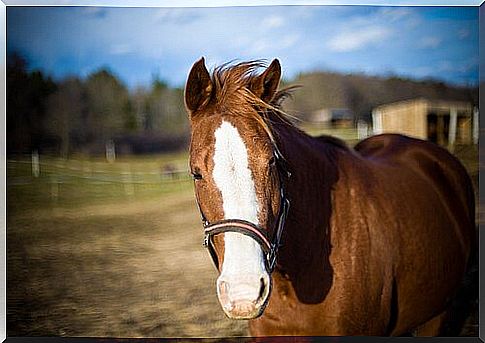
To make the right choice when buying a horse, you need to consider a number of factors, including its size. In today’s article we will show you the most important aspects when choosing a horse, in particular the tonnage it must have according to our needs.
First factors to consider
When deciding to take a horse, one must take into account the enormous commitment involved in maintaining it. It will be a real investment of time and money.
Many people would like one, be it for hobbies, for work or for sport. However, when it comes to choosing it, it’s easy to be fooled by the multiple options.
Well, what needs to be taken into consideration? Does the size of a horse matter?
Choose a horse based on breed and character
Before buying a horse, there are a number of details that are important to analyze. Among them it is good to inquire about the characteristics of each breed and the temperament of each specimen.
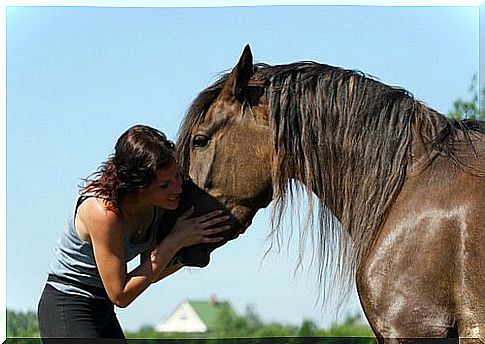
This being the case, it is advisable to consult with experts as well as a trusted veterinarian. If this is your first experience, it is best to throw yourself on an intelligent horse with a calm temperament.
The size of the horse: a great choice
One of the first issues to think about is why you want a horse. Depending on this, you will have to choose the ideal size.
Horse or pose?
When talking about the size of a horse, one cannot avoid mentioning ponies. These specimens measure less than one and a half meters at the withers, compared to horses which are notoriously larger.
However, believing that everything will be easier with a poni, including mounting it, is wrong. Despite being smaller, ponies are in fact usually more stubborn and have a worse character.
Horse: how is a harmonious constitution?
The size of the horse is closely linked to its morphology and represents a fundamental aspect to keep in mind depending on the work to which the animal will be destined. The following must be taken into account:
-Head: neither too big nor too small
- A large head will add weight to the forequarter. A thick throat will prevent the animal from flexing well.
- A small head will possess an equally small mouth, which will make it difficult to position the headboard.
- Small ears can indicate nervousness, making hearing difficult.
– Neck size
- The ideal is that it is medium in size, neither too big nor too short.
- A short, thick neck is more difficult to handle once on the animal’s back.
- Necks that are thinner at the top and more muscular at the bottom can also be a problem related to the resistance they exert on the jaw.
- There must be a good proportion in the way the neck fits over the shoulders.
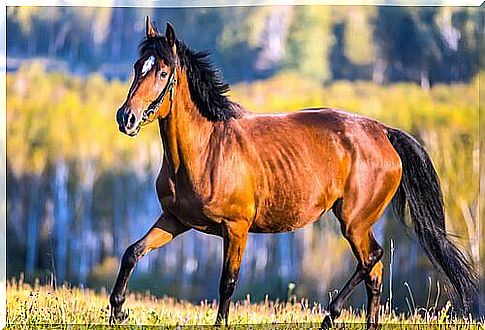
– Back and rump
- A shorter and more muscular back is preferable to one that is too broad.
- The withers must be higher than the rump.
- Find out what breeds are available on the market and define your goals.
Ratio between the weight of the rider and that of the animal
Another issue to take into account when it comes to choosing a horse is the size of the animal as a function of the weight of the owner.
Why is this relationship important? According to some studies on the health of the horse, the problems related to the weight of the rider are increasing.
Studies have shown that the person who mounts should not exceed 10% of the weight of the equine. Otherwise, the animal may have back problems. Back pain in horses presents with the following symptoms:
- The horse moves in a sprawling manner when mounted.
- It bites or cries when strapped.
- It remains motionless or starts running when the rider mounts it.
Observe the behavior
Once the horse has been defined according to its breed, morphology and size, it will be necessary to evaluate the way it behaves: the character and habits it has acquired. Being a sociable animal, in fact, it is very inclined to learn. Once the animal has been selected, the rider will need to share some time in the habitat where the horse currently lives.
Conclusion
Among the factors to consider when choosing a horse, the size is fundamental. Its constitution will be analyzed and an opulent choice will be made depending on the activity to which we will assign the animal. In addition, the rider-horse relationship linked to weight will be analyzed.
